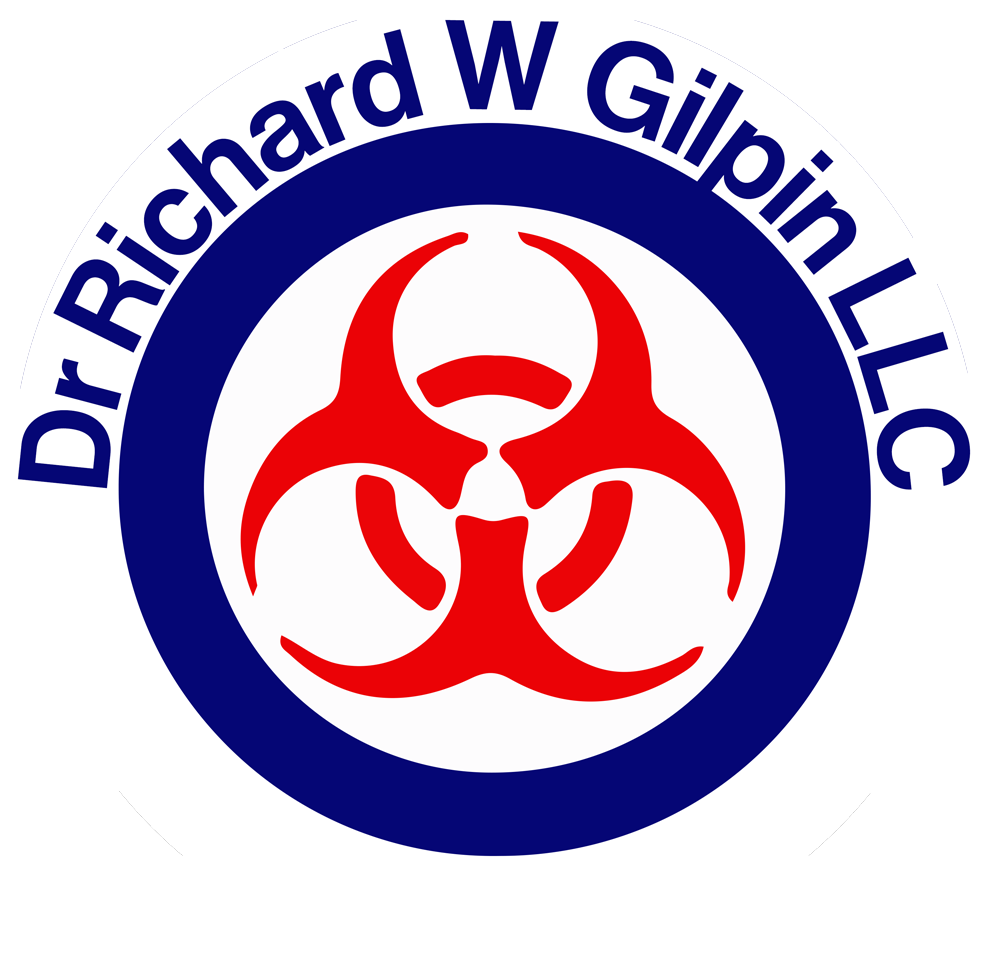Legionella Detection and Sampling Methods

Legionella Testing Procedures
Legionnaires’ disease outbreaks caused by aerosolized Legionella bacteria can occur if water in plumbing lines or mechanical equipment contain significant numbers of free-living or amoeba-associated Legionella.
Routine Legionella testing validates whether your legionella control procedures are working.
The National Academies of Science “Management of Legionella in Water Systems” is the best non-biased source of scientific facts on testing, in my opinion.
There are no federal regulations specifying permissible numbers of Legionella in water systems.
There are numerous Legionella guidelines in the United States: AIHA, APIC, ASHRAE, AWT, CDC, CMS, CTI, EPA, NSF, OSHA, & VA.
When we find significant numbers of Legionella in a water sample, we suggest decontamination using industry-standard procedures.
There are a variety of detection and sampling methods that can be used for Legionella testing.
Each test method has advantages or disadvantages when testing for Legionella bacteria in water samples.
Culture:
The culture method detects Legionella colonies on BCYE or BCYE-modified agar. The culture method takes 4-10 ten days – a loss of valuable time needed to identify the Legionella source and prevent additional cases. The culture method for environmental water samples may produce false negative results because Legionella colonies may not be visible on BCYE agar media when they are overgrown or inhibited by competing microbial flora, particularly with water samples taken from warm water-containing mechanical equipment exposed to the environment such as fountains, cooling towers, and saunas.
PCR:
The polymerase chain reaction [PCR, qPCR, etc.] method is a faster method to screen water samples. This method may produce false negative results with water samples exposed to the environment because debris, heavy metals, and other chemicals produce a high background signal that masks the presence of Legionella in the water sample.
DFA:
The direct epifluorescent monoclonal antibody method is a modification of the original “gold standard” method polyclonal antibody developed by CDC in 1978. Today, the DFA method is more specific and sensitive. However, the DFA method does require expertise which many Legionella testing services lack.
Bulk vs Swab:
Bulk water sampling is the most common method. Water from potable water fixtures or from warm-water-containing mechanical equipment is collected in a bottle. Bulk water sampling permits quantitation of Legionella numbers per specific water volume [usually number per milliliter or number per liter]. Alternatively, surface sampling with a sterile swab is not frequently used because quantitation of Legionella is not possible.
Our Legionella Sampling Procedure:
This procedure offers no guarantee that personnel will avoid contamination by Legionella bacteria while collecting samples. Wear a HEPA or N-95 respirator and gloves during sampling if you suspect heavy airborne Legionella contamination.
We supply sample bottles and bottle lables at no cost to you.
Before going to get the sample, use a ballpoint pen to print on the sample bottle label(s) that we supply the source of the sample and the date the sample was taken.
If sampling a domestic water system (water line, shower head, hot water heater, heat exchanger, sink, fountain, spa, humidifier, etc.), obtain a first draw sample from the system and follow steps 4, 5, 6, and 7 below.
If sampling a cooling tower or evaporative condenser, obtain a sample from the tower bulk water circulating line and follow steps 4, 5, 6, and 7 below. This sample should represent water in the tower drift. Do not sample dirt from the bottom of the sump or biofilm material.
Make sure the 4-ounce (120 ml) bottle(s) that we supply to you is filled to just below the screw threads and tighten the cap securely.
Rinse off the outside of the sample bottle(s) and put the sample label on the bottle.
Put the labeled bottle(s) in a return sample box along with our chain of custody document containing your organization’s name, contact person name, email address, telephone number and billing/charge information.
Return sample bottle(s) at ambient temperature within 2-days to Dr Richard W Gilpin LLC – 2515 Boston St Suite 408 – Baltimore MD 21224 USA. [UPS, FedEx, or DHL shipping recommended].
